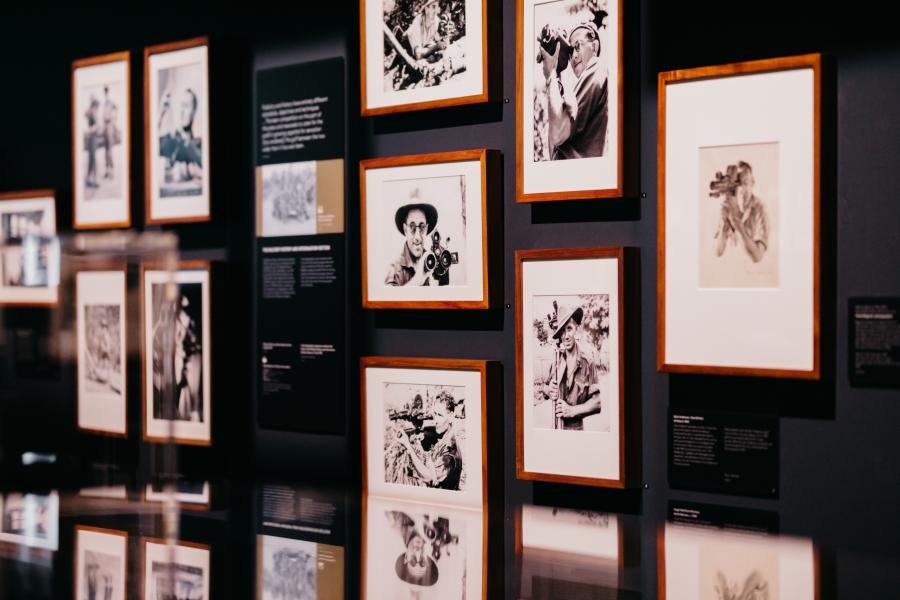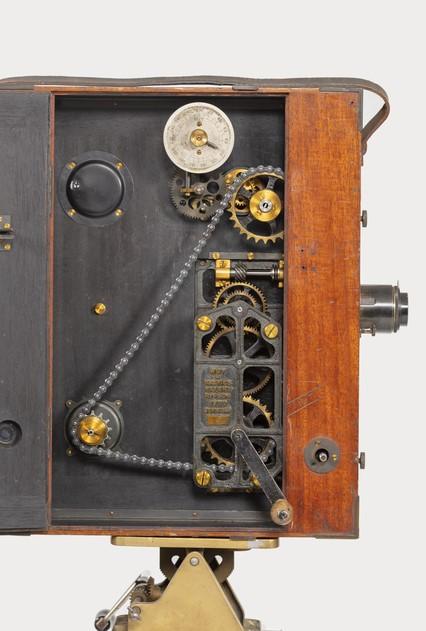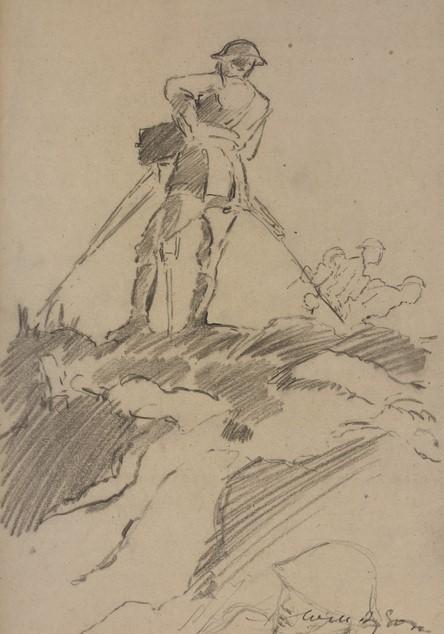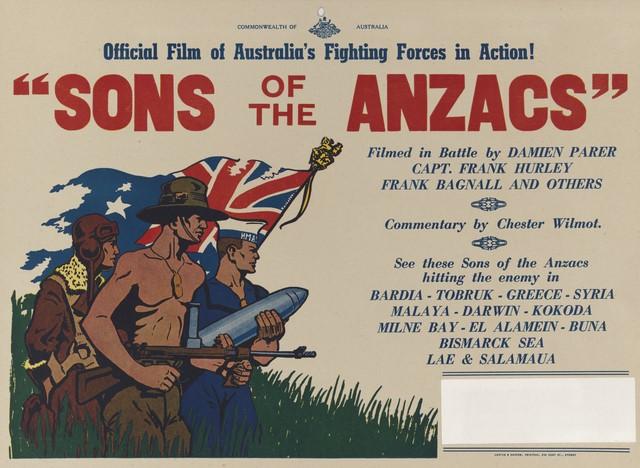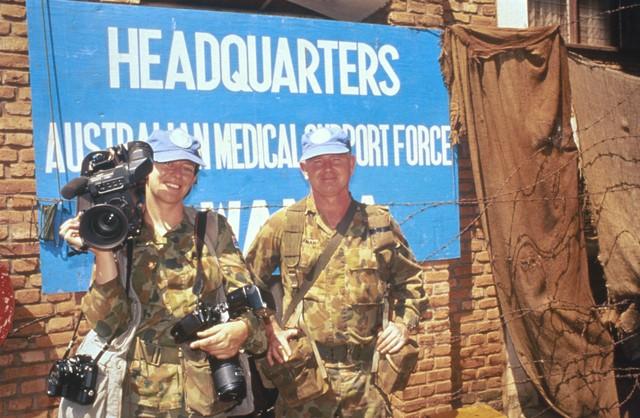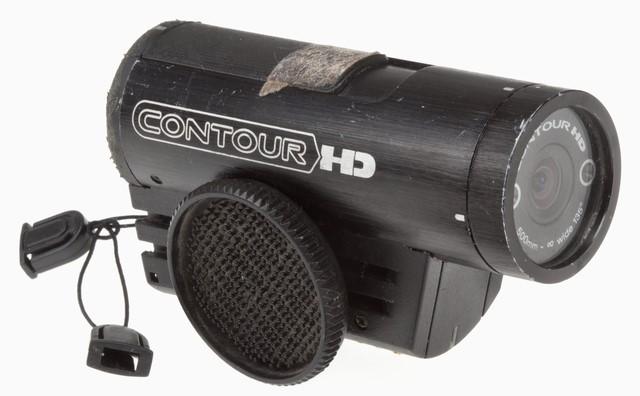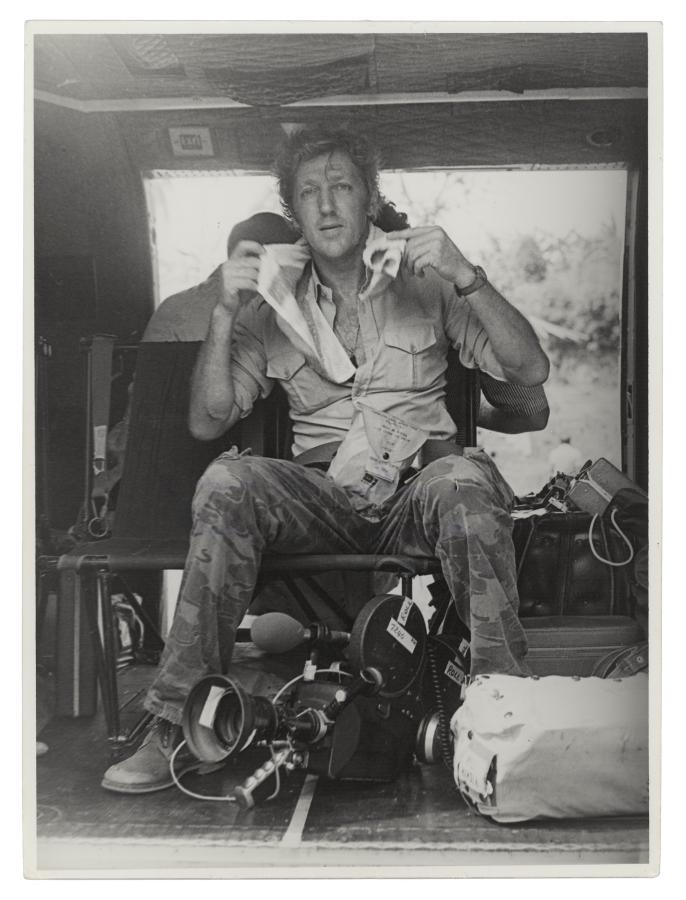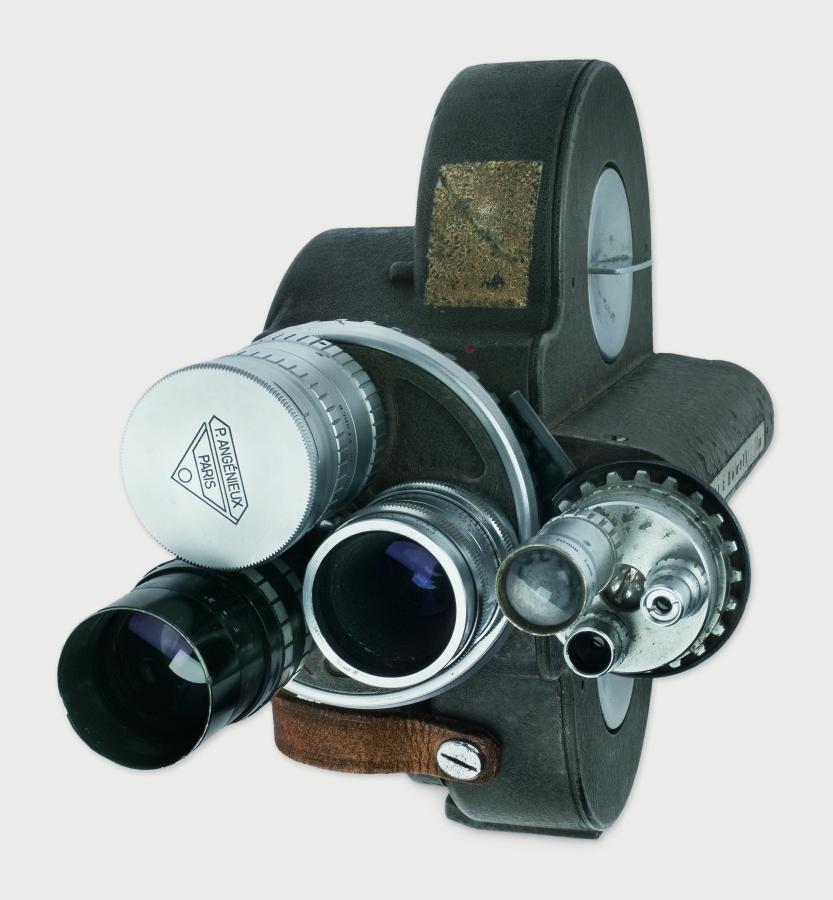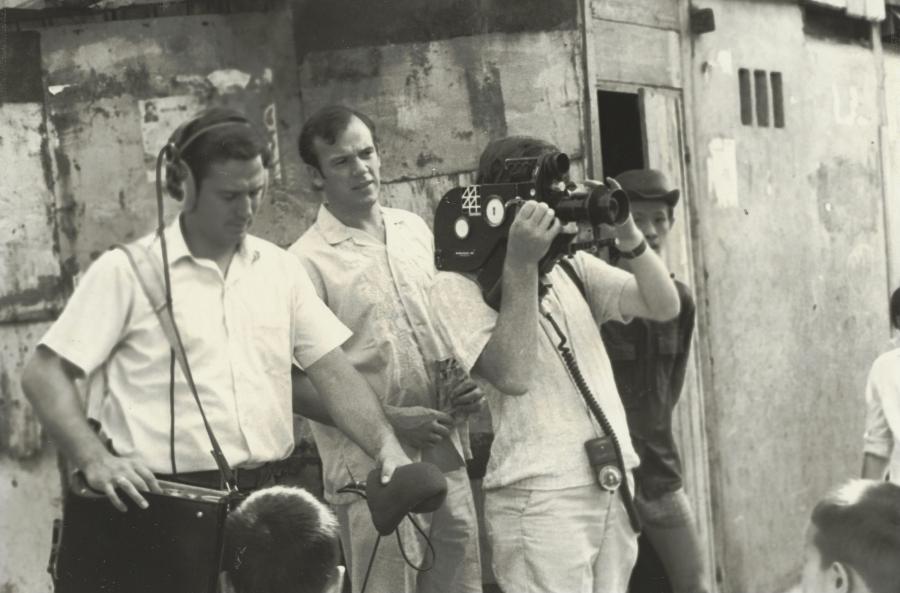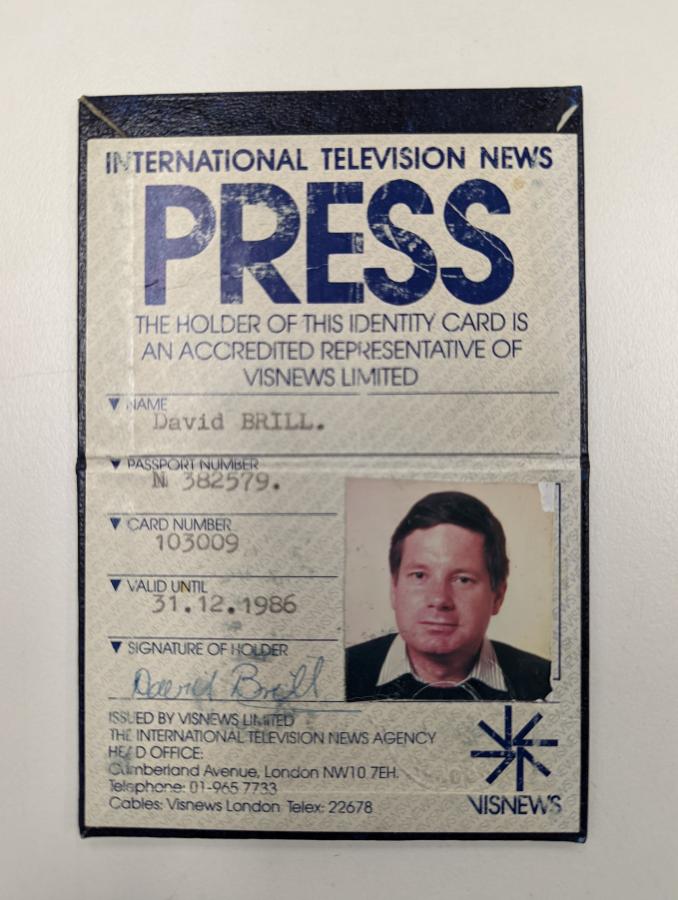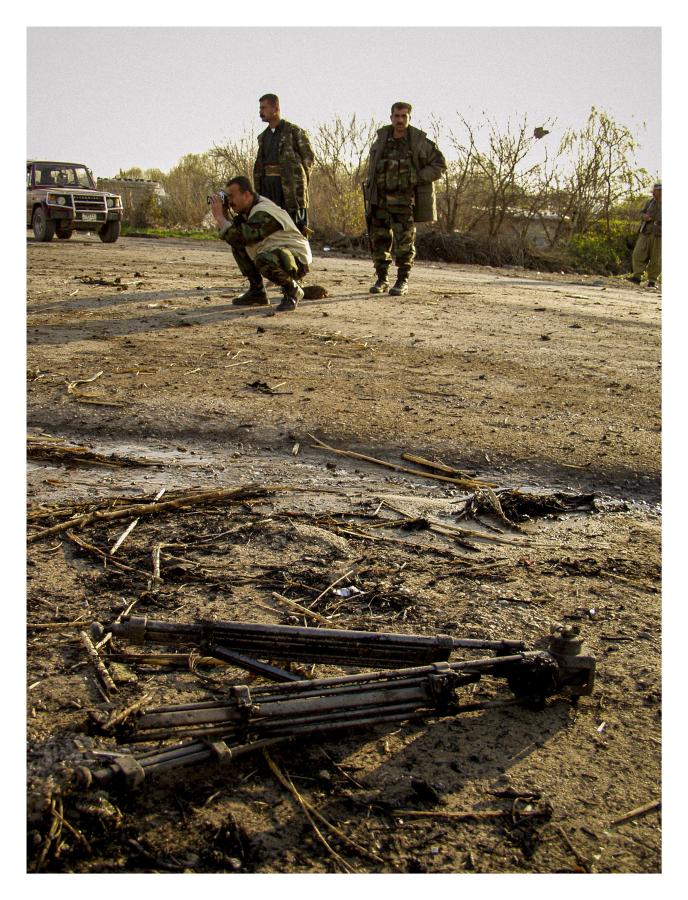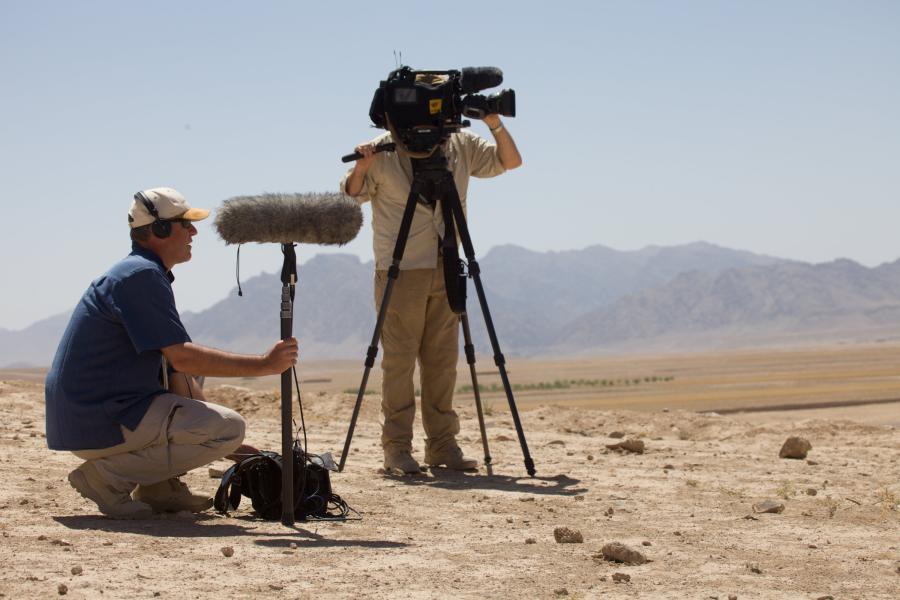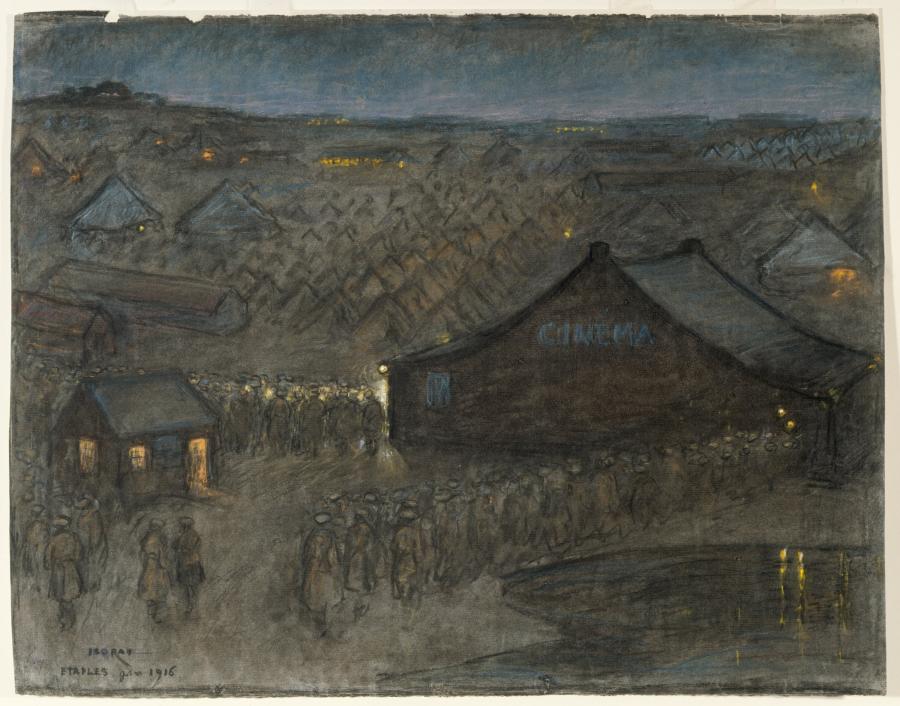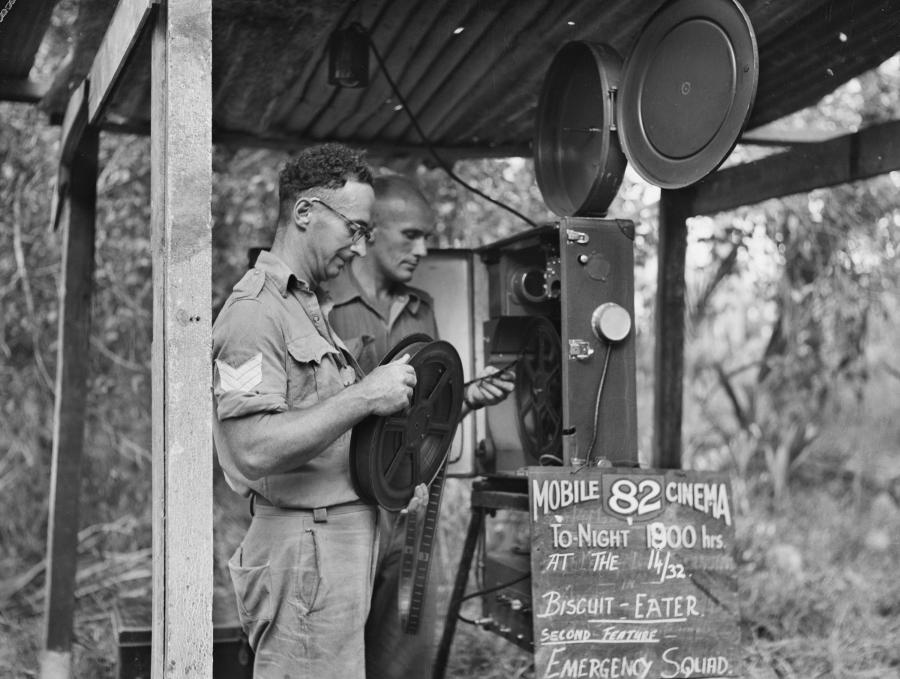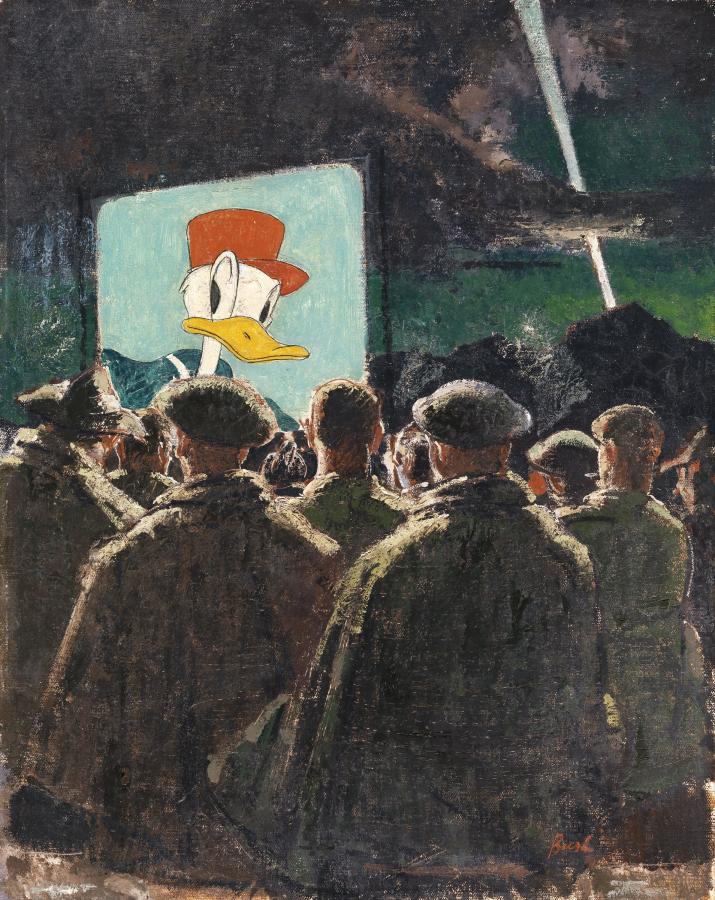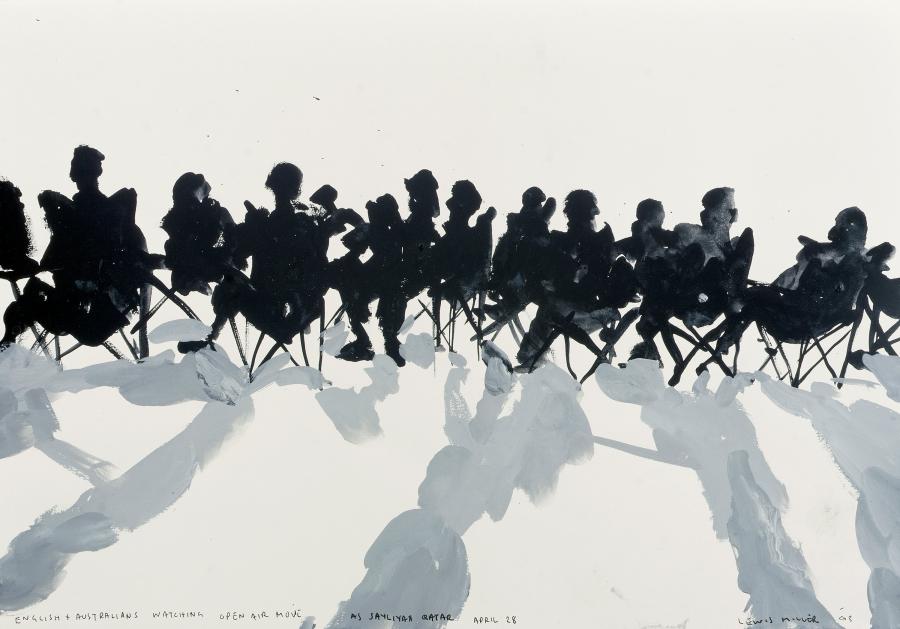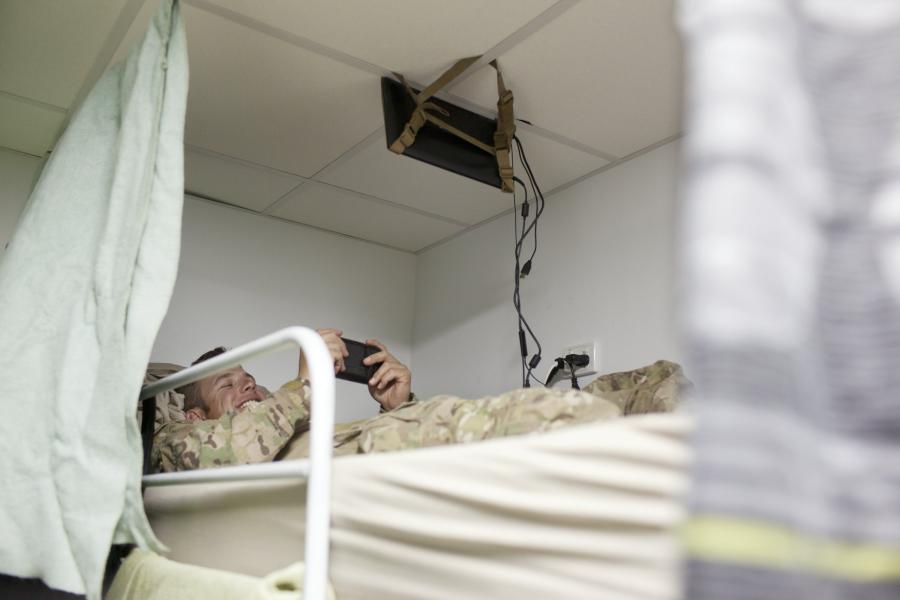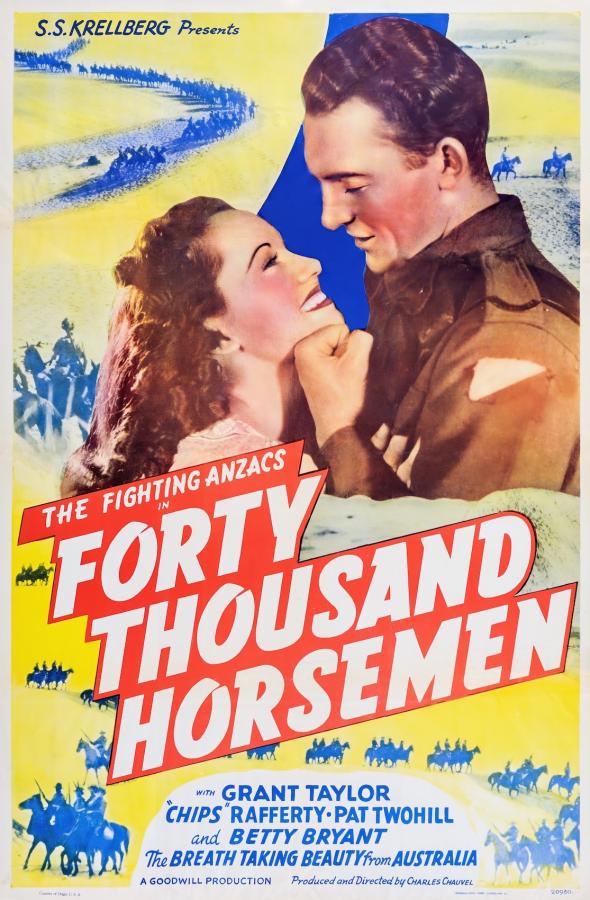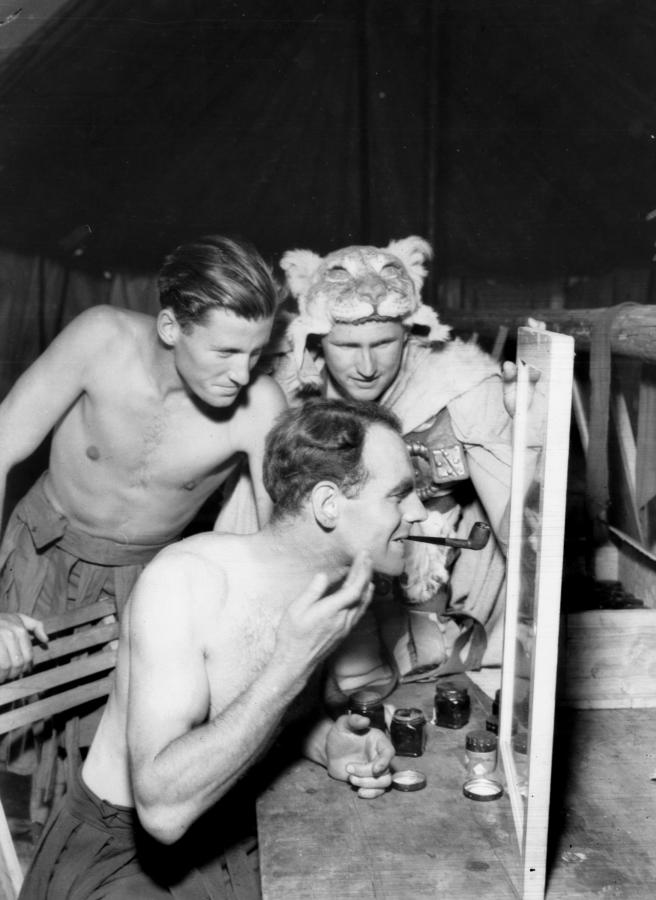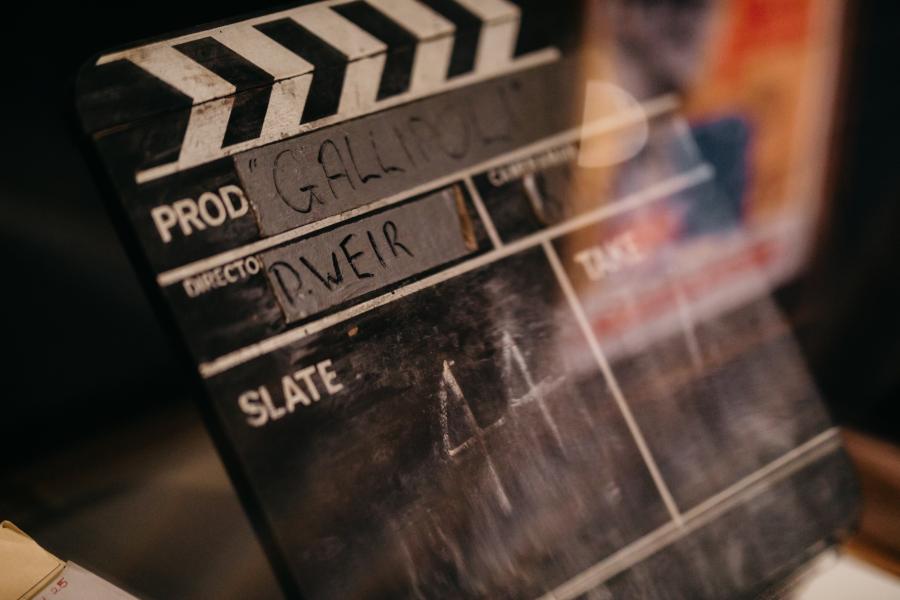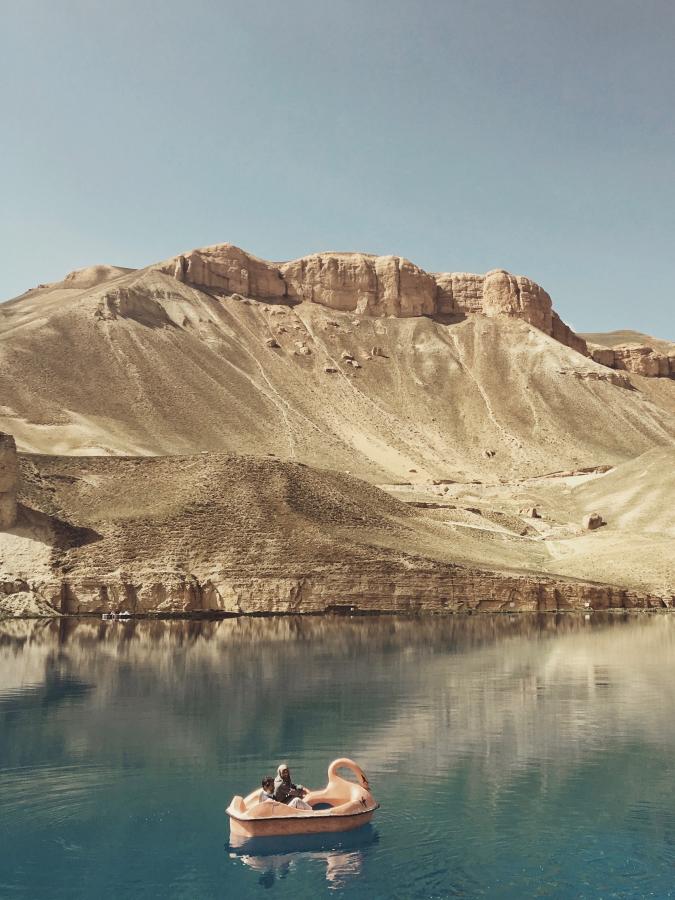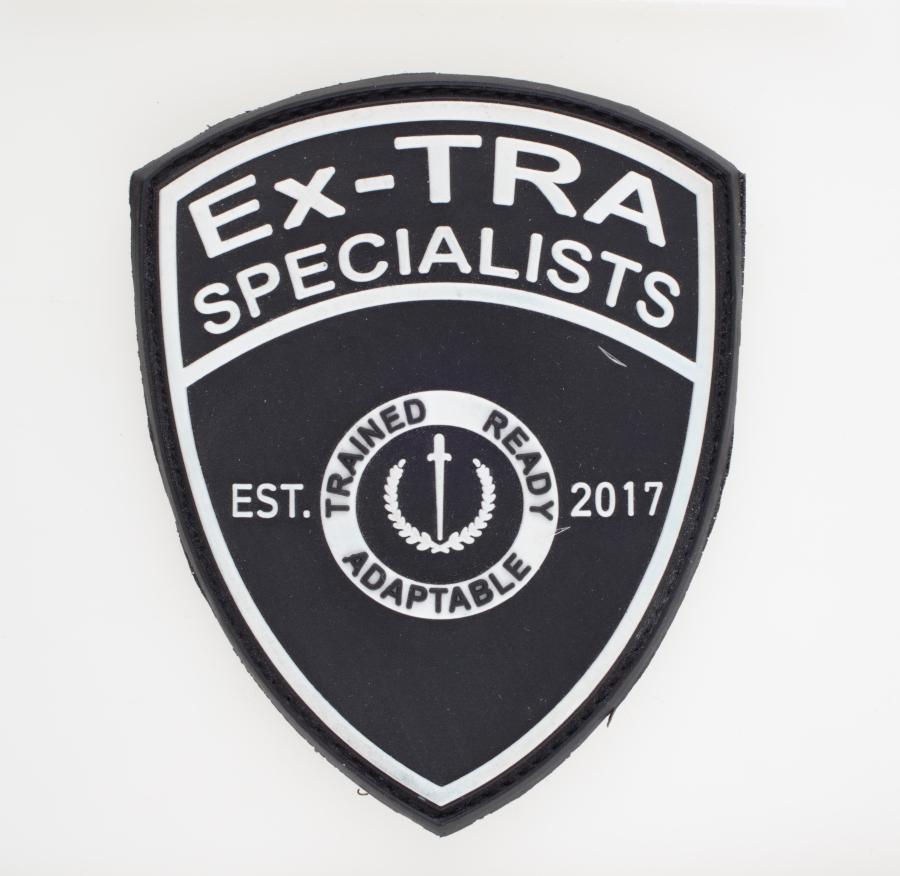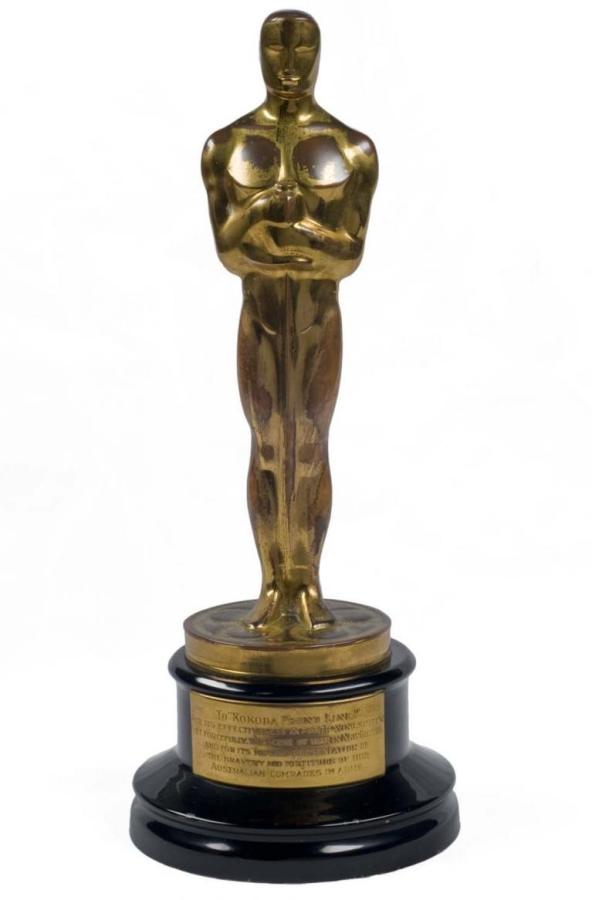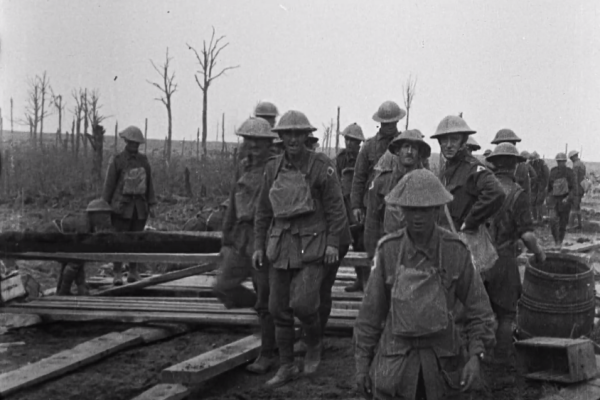ACTION! Film and War
Since the earliest days of film, the moving image has been used to document, promote, report on, and recreate events from our military history. Film has shaped our understanding of the Australian experience of war.
ACTION! Film & War follows Australians armed with cameras who have shared their experiences as they record history and bear witness to conflict – either as a professional duty or for their personal record.
This exhibition is also the story of movies themselves – the comfort they can provide to those serving far from home and the way they can take our war stories, re-frame them and share them with new audiences. Drawing chiefly on the collection of the Australian War Memorial, these are stories of Australia, war and the power of the moving image.
Tour dates
| Gallery | State | Start | Finish |
|---|---|---|---|
| Museum of Tropical Queensland | QLD | 11 November 2022 | 28 May 2023 |
| State Library of New South Wales | NSW | 6 October 2023 | 28 April 2024 |
| Queen Victoria Museum and Art Gallery | TAS | 25 May 2024 | 25 August 2024 |
| Jervis Bay Maritime Museum and Gallery | NSW | 1 November 2024 | 27 January 2025 |
| Museum and Art Gallery of the Northern Territory | NT | 14 February 2025 | 1 June 2025 |
Images courtesy of Museum of Tropical Queensland, part of Queensland Museum Network.

Comparing cameramen is like comparing boxers of different eras. Runners can be measured with a stopwatch, boxers can’t. That’s no way to measure capabilities anyway … I’ve seen some of Parer’s combat film, and I have the same reaction most people have … that he was crazy. But he was crazy in his own way, and aren’t we all?
Neil Davis, on being compared to Damien Parer
Since the First World War, Australians have been filmed in every conflict zone they have found themselves in – usually with fellow Australians behind the camera. This familiar and at times iconic footage has been projected in our cinemas, screened on our televisions and uploaded online. However, how and why it was filmed – and by whom – is less well known. The experiences of the men and women behind the lens – as shown through the equipment they used, the records they kept and the stories they tell – reveal determination, resilience, ingenuity and courage in the face of danger. These are stories that illuminate the action, revealing what lies beyond the screen.
Moy and Bestie 35mm hand cranked cine camera
AWM2016.756.1
Captain Wilkins operating a cinema machine, Hindenburg Line
Will Dyson, 1918
Poster for Sons of the Anzacs
Roy driver, Philippines, 23 november 1944
Corporal Robyn White and Major Peter Seaman, Rwanda, 1995
Contour helmet camera used by Private Andrew Fox-Lane, 6th Battalion, RAR
REL46761

The power of the television camera – that’s why it has got to be used with the utmost respect. It’s such a powerful tool. A lot of people will do things for you, if you are there to film it.
David Brill
The rise of the television industry in the 1950s, along with steady advances in film technology, meant that filming in a war zone was no longer limited to cinematographers employed by the government. Journalists and news gatherers could carry their own cine-camera, so the stories they could cover, and how they could be reported, changed dramatically. By the Vietnam War, censorship and restrictions around filming in war zones had mostly dissipated. Australian freelance and affiliated media personnel were not bound by the strict rules as the official cinematographers of previous conflicts. They had freer access to all sides of a conflict.
Since then, the reliance on and desire for moving images has grown. Rapid advances in technology mean that film can be seen publicly moments after it is captured, and public expectation is that it will. In the 21st century the role of cine-journalists – and the risks they take – are larger than ever.
Neil Davis on an Indonesian helicopter, Anambas Islands, 8 July 1979.
Neil Davis’s Bell and Howell DR70 16mm camera
David Brill, Rob Sloss and Mike Willesee in Vietnam, 1971
Paul Moran’s Tripod
Further reading;

"Regardless of what is screened, men come to the area from neighbouring camps, bringing any article that can be used to sit upon. The men start to arrive before tea to peg a claim… I would describe the cinemas as the premier morale stabiliser.”
Cpl Douglas Hardy describing a Mobile Cinema Unit
The cinema is a place for people to come together, to learn, to laugh, and to take part in a collective experience. In times of war, these shared experiences become more vital than ever – particularly in the days before television, digital technology and our constantly connected society. For those serving on the front, and for those waiting for news back home, gathering together in the glow of the silver screen has been a source of comfort and a key part of communicating and connecting during wartime. The manner in which film has been viewed may have evolved with the technology that shows it, but the allure of the screen has not diminished.
Cinema queue
Sergeant R.E. George and Sergeant H. Winston of the 82nd mobile cinema unit prepare their projector, New Britain, 19th February 1945.
079290
Moresby Picture Show
English and Australians watching open air movie, As Sayliyah Qatar
Private Eric Gardner's violin from the Anzac Cinema Orchestra
REL/04110
Australian soldier playing a Playstation Vita in his room. Tarin Kot, 2012.
Further reading:

I particularly like that space where the line between truth and fiction is blurred, and I love exploring that. I love making an audience fee as though they’re not quite sure whether they’re watching a documentary or a drama.
Benjamin Gilmour on directing Jirga
Australia has a long history of producing feature films that tell the stories of our military past, and a tradition of veterans taking part. Some filmmakers have taken small moments and turned them into mostly fictional narratives, while others strive to re-tell history as accurately as possible. Though at times our culture seems to be dominated by American forms of the art, Australian cinema and its depictions of war make a distinct contribution to the way that national and international audiences understand our military history.
Members of the RAAF aircrew working as film extras on Caesar and Cleopatra at Denham Studios, England, 1945
Further reading;
Highlights from the film collection
Action!
View excerpts of films featured in the Memorial’s touring exhibition Action! Film and War.
Image: Film still from Fighting in Flanders [F00056]
Marketing Sponsor




